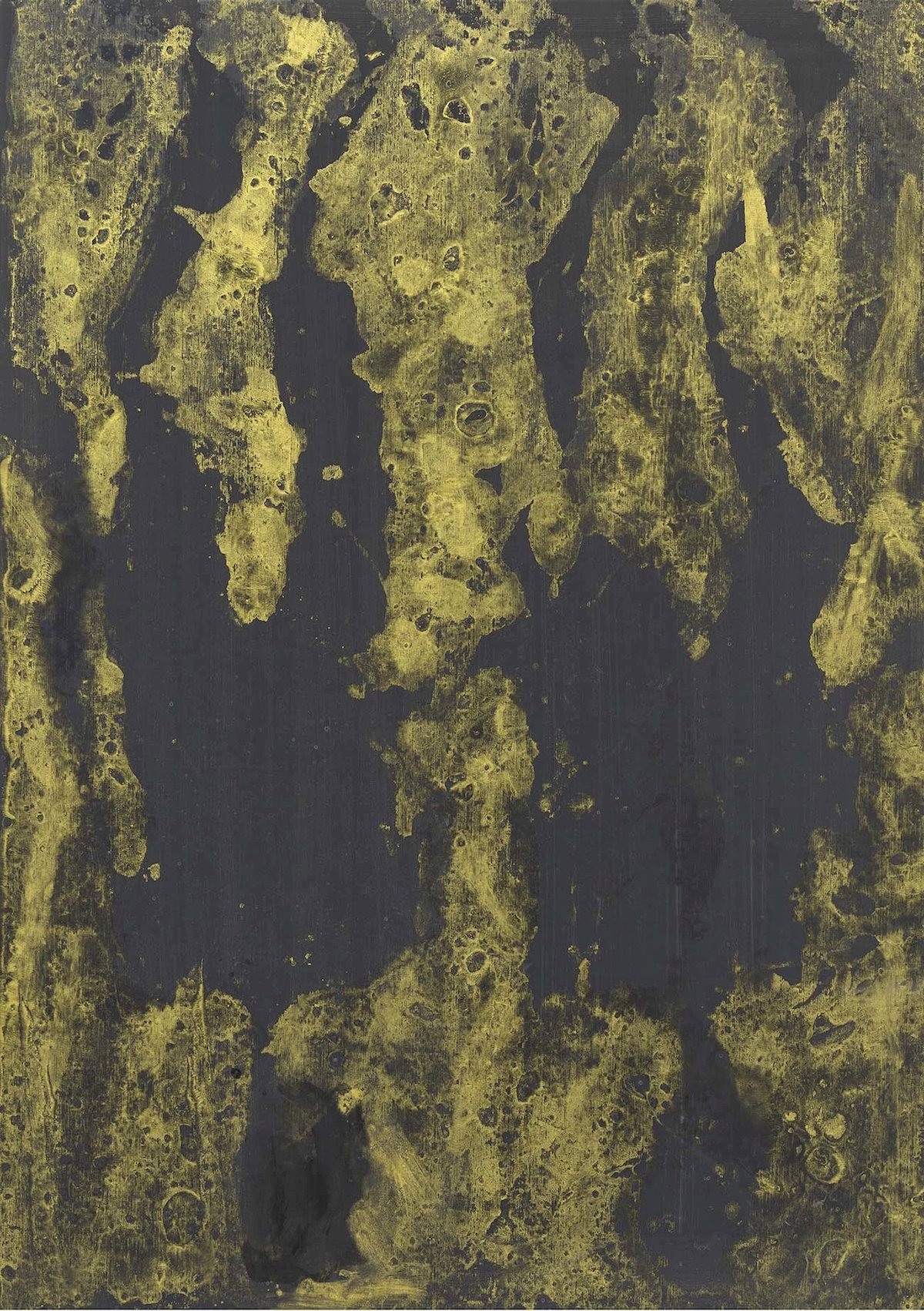Takashi Murakami, Kaikai, 2018-2020. © 2018-2020 Takashi Murakami/Kaikai Kiki Co., Ltd. All Rights Reserved. Courtesy Gagosian.
Some of the obvious casualties of the coronavirus pandemic are the global art fairs which were scheduled for now and the weeks ahead. Notable amongst those are Frieze New York (cancellation just announced yesterday), and Art Basel Hong Kong, which, since its debut in 2013, has arguably become Asia’s most important gathering of the international culture cognoscenti.
Of course, living in the digital age has also made the buying and selling of art an entirely different proposition. And though a great deal of the attraction of the trio of Basel fairs (including also Switzerland and Miami) are the schmoozing and networking opportunities, as well as the glamorous parties, current circumstances have, interestingly enough, brought it back to being more just about the art.
And indeed, in the wake of the cancellation of the physical fair, the Basel people undertook to launch the Art Basel Hong Kong Online Viewing Rooms. Powerhouse gallery Gagosian quickly signed on to the project—though Director Sam Orlofsky insists that there were reasons that it was very much imminent anyway.
“It has been inevitable that there would be this online parallel universe to the physical,” he says. “But this just accelerated something they were already working on.”

Tom Wesselmann, Still Life with Odalisque and Goldfish, 1998. © The Estate of Tom Wesselmann/Licensed by ARS/VAGA, New York. Photo by Jeffrey Sturges. Courtesy Gagosian.
Not surprisingly, he is quick to remind of the sensitivities attached to any mercenary undertakings at this particular moment: “We knew what our timeline would be to execute our own online viewing room, because we’ve done it before. But we didn’t want to rush into something that seemed insensitively mercantile. As soon as it became clear that the entire industry was going to proceed this way, then we ramped up our process.”
Of course, the considerable resources available to such a global player as Gagosian (they have five spaces in New York, three in London, two in Paris, and one each in Beverly Hills, San Francisco, Rome, Athens, Geneva, Basel and Hong Kong) means they can often undertake such projects in house. Orlofsky points to their not only having the largest physical footprint in the art business, but also the most extensive social media reach; they have the content, and the distribution.
But for smaller galleries, obviously, the common Viewing Rooms are a godsend.
Still, Gagosian’s presence is not inconsiderable, featuring amongst others works by Takashi Murakami, Jen Guidi, Georg Baselitz and Mary Weatherford, all of whom have current or scheduled shows with the gallery—and marking the first time the latter three have exhibited anything with Gagosian online. Weatherford’s inclusion even managed to overcome a specific regulatory dilemma.

Mary Weatherford, Splendor in the Grass, 2019. © Mary
Weatherford. Photo: Fredrik Nilsen Studio.
Courtesy Gagosian.
“She uses neon light assemblage in her work,” Orlofsky explains. “And there’s a fire code issue at the convention center in Hong Kong, so they have never allowed us to exhibit a work of hers in the physical space. So for the first time technically we were getting to show her work at Art Basel Hong Kong; and in the first thirty minutes the painting sold at a very high price point.”
Orlofsky also observes that, while it may make for a few less champagne-fueled soirees on the annual art calendar, there is very much a silver lining to the move towards a more digital sales model.
“The art world has been in denial about its own carbon footprint,” he suggests. “There’s a lot of travel, and a lot of transport…and maybe this will accelerate the realization that we can do things more remotely. And it will just be better for the planet.”
The Art Basel Hong Kong Online Viewing Rooms are currently available to view.




Facebook Comments